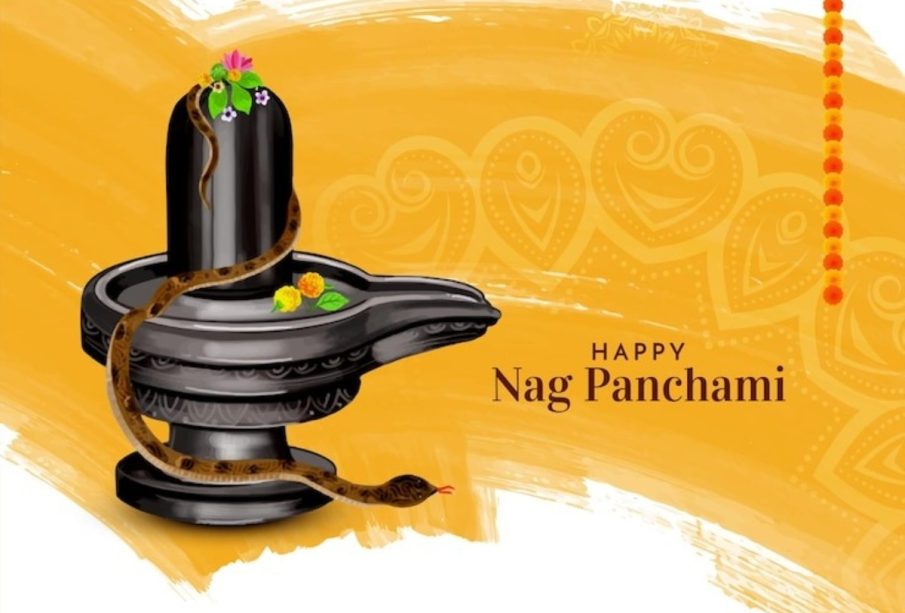Understanding Nag Panchami: Significance and Rituals

Introduction to Nag Panchami
Nag Panchami is an important Hindu festival that celebrates the worship of serpents, particularly the Nagas, symbolizing fertility and the monsoon season. Observed on the fifth day after the new moon in the month of Shravana, Nag Panchami holds deep cultural and religious significance across various regions of India. The festival reflects the intrinsic connection between human beings and nature, emphasizing the reverence for all creatures including snakes, which play a vital role in maintaining ecological balance.
Significance of Nag Panchami
The festival marks the end of the monsoon season, when serpents are more active. It is widely believed that worshipping Nagas can bring prosperity, protect from ill fate, and ensure strong crops. Many communities conduct ritualistic poojas in temples dedicated to snake gods or at home using clay idols or images of snakes. Devotees offer milk, sweets, and flowers to the idols, invoking blessings and expressing gratitude for the protection and abundance bestowed by these mystical creatures.
Celebration of Nag Panchami
In various parts of India, especially in rural areas, the festival is celebrated with vibrancy and enthusiasm. Local traditions vary; for instance, in Maharashtra, women often bathe early in the morning, dress in new clothes, and go to nearby temples or snake sanctuaries to perform rituals. They chant mantras and sing folk songs to worship the serpents. Additionally, it is common to see images of snakes drawn on walls and households adorned with sacred leaves as a symbol of reverence.
Regional Variations
While the central theme of Nag Panchami remains the worship of snakes, different regions have unique customs. In Karnataka, for instance, it’s common to see people feeding milk to live snakes, particularly in rural settings. On the other hand, in parts of North India, Nag Panchami coincides with the rituals surrounding ‘Naga Bhat’, where families invoke ancestral spirits believed to be linked with serpents, thus strengthening family ties across generations.
Conclusion: The Ongoing Relevance of Nag Panchami
As urbanization increases, traditional festivals like Nag Panchami offer an opportunity for communities to connect with their cultural roots. The reverence for nature, showcased through the worship of Nagas, serves as a powerful reminder of humanity’s relationship with the environment. Engaging in these rituals helps foster awareness about biodiversity and conservation. Moving forward, it is essential for communities to preserve these valued traditions while promoting ecological awareness, ensuring that the essence of Nag Panchami continues to live on.









